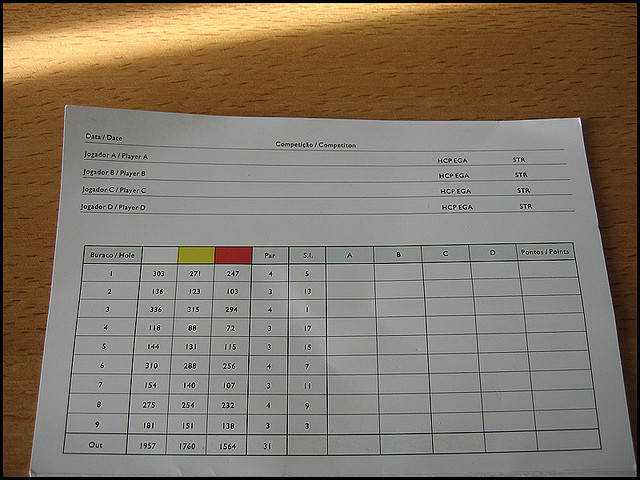
Every business needs an accurate analysis of competition in order to chart its strategies for staying ahead of the. Competitor profiling is thus an essential ingredient of business intelligence which can provide relevant information regarding the strengths and weaknesses of your competitors allowing you to make a realistic comparison. This kind of competitor profiling includes key aspects that go beyond mere technology or applications to encompass broader issues such as marketing, employee motivation, financial management, customer satisfaction and quality of products. Most businesses adopt the SMART mechanism standing for specific, measurable, attainable, realistic, and time-bound action plan in response to the findings of competitor analysis.
Why is Competitor Profiling so Important?
Before embarking on the creation of a competitor profiling score card it is essential to keep in mind the basic purpose of the exercise in order to remain focused. The most significant outcomes from such efforts for any business include:
- Better understanding of your own strengths and weaknesses vis-à-vis competitors.
- Awareness about the competitors past and future strategies which need to be countered effectively.
- To create a relevant and realistic information base that provides the platform for devising the future strategies for your business.
- To forecast and predict future growth and obstacles for your business.
What Comprises the Competitor Profiling Information?
The essence of competitor profiling is to gather information that is relevant and useful for your objectives of staying ahead. In this regard the information that must be focused upon in such analysis includes:
- Identifying all the competitors who have any significance to your business and the potential to affect it.
- Creating an array of threats that each of the competitors pose.
- Understanding the strategies as well as objectives of these competitors.
- Profiling the competitors in terms of their strengths and weaknesses.
- The likely reactions and responses of competitors to changes in your business plans.
Creating the Score Card
To start with you will need to create an array of competitors that are relevant to your business with the key success indicators. After having obtained the raw data, the information will be required to be converted into weight value as per the likely impact on business. Once this process has been obtained for all the different metrics an average weight value can be derived to get a clear idea of the factors that make your competitors strong or weak as compared to your business policies. The headers of the column in the score cards must essentially include the perspectives, goals, weight value, performance in % and the target values which you desire to achieve in respect to competitors. Some of the actual columns may look like financial scanner, operating profit margins, net profit margins, returns of assets, returns on equity, actual growth of cash in comparison to average growth of cash flow in the industry, P/E ratio and even top products and services introduced by each competitor along with their performance details. Other management details headings for column will have factors such as employee retention, employee satisfaction, attrition control, quality of products and services, brand image, market penetration and customer feedback status. Additionally the score card must also display the strategies, objectives, potential pitfalls and responsiveness of the competitors.
Profiling the Competitors
In order to create a realistic profile of the competitors on a score card you will have to collect huge amount of data through various sources. The sources for collection of such data can be broadly classified under the following heads:
- Recorded Data: Press releases, Newspaper articles, Government reports, Annual report & accounts, Analysts reports and Presentations / speeches.
- Observable Data: Advertising campaigns, Promotions, Pricing, Tenders and Patent Applications.
- Opportunistic Data: Trade shows, Meetings with suppliers, Sales force meetings, Recruiting ex-employees, and Social contacts with competitors.
The types of information that is needed for competitor profiling through a score card system may seem endless to start with. However with careful analysis you can understand and appreciate the factors that will actually make a difference and hence create report focused on those factors only. The bottom line in all such data collections is that it should be reliable, updated and mostly importantly – legally available.
Photo Credit: Flickr/Ricardo Bernardo



















